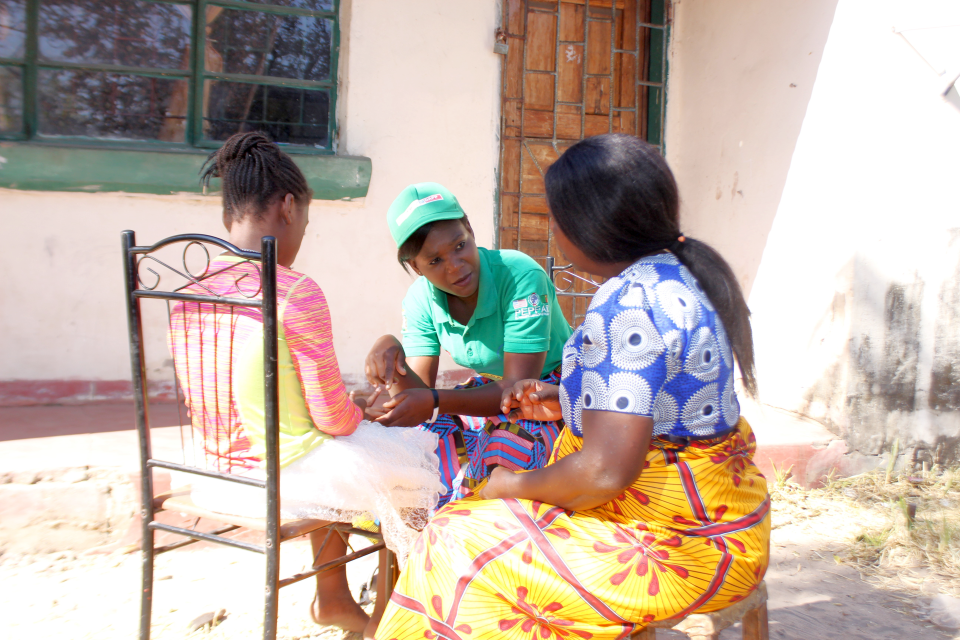The OVC project improves the health and social wellbeing of vulnerable children infected with and, or affected by HIV, as well as reducing new HIV infections among children and adolescents.

Individual Case Management: The family- centered program focuses on individual Case Management. The program offers services tailored to the child and caregiver’s individual needs, and it builds resilience of the family through improved production, marketing, establishment of saving groups among other activities.
Each family is assigned a Case Worker, who visits the family monthly to provide HIV adherence counselling, psychosocial support, screening for Sexual and Gender-based Violence and any other forms of child abuse. We also link those in need to specialised and community services.
The project has established teen clubs and trios, where HIV-positive individuals receive support from peers. Families are organised in Action Groups as a platform for guardians to learn and share experiences on how to care for their children.
The project works in 8 districts of Western and Eastern provinces. The project has improved treatment adherence and nutrition, leading to 98% of the children and adolecents living with HIV attaining viral load suppression. We also support HIV exposed infants through mother baby pair to reduce their risk of HIV transmission.
HIV prevention Programs:
Family Matters Program which focuses on strengthening family relationships and parenting skills. The project reached a total of 7,954 families;
No Means No which empowers adolescents girls (aged 10 – 14 years) to prevent sexual violence. The project reached a total of 10,947 girls to date;
Coaching Boys into Men which promotes positive masculinity and non-violence among male adolescents. The project reached a total of 17,018 boys to date.
_______________________________________________________
Project Fullname: The project is implemented under the Total Control of the Epidemic in 4 Provinces of Zambia through Strengthening Community- Based HIV Prevention and Response
Principal Partner(s): United States Centers for Disease Control and Prevention (CDC)
Other Partner(s): Ministry of Health, Humana People to People (HPP)
Location: 229 health facilities in 8 districts of Western (Kaoma, Mongu, Kaoma, Kalabo, Sesheke) and Eastern (Chipata, Katete, Petauke) provinces.
Project duration: Oct. 2020 to Sept. 2025
_______________________________________________
Key Achievements (July 2024)
- 12,729 families enrolled
- 38,956 OVCs enrolled of whom 5,324 are living with HIV, with 98% achieving viral suppression.
- 1,228 community action groups formed.
- 5,809 vulnerable children receiving school support
- 3992 HIV exposed infants currently enrolled